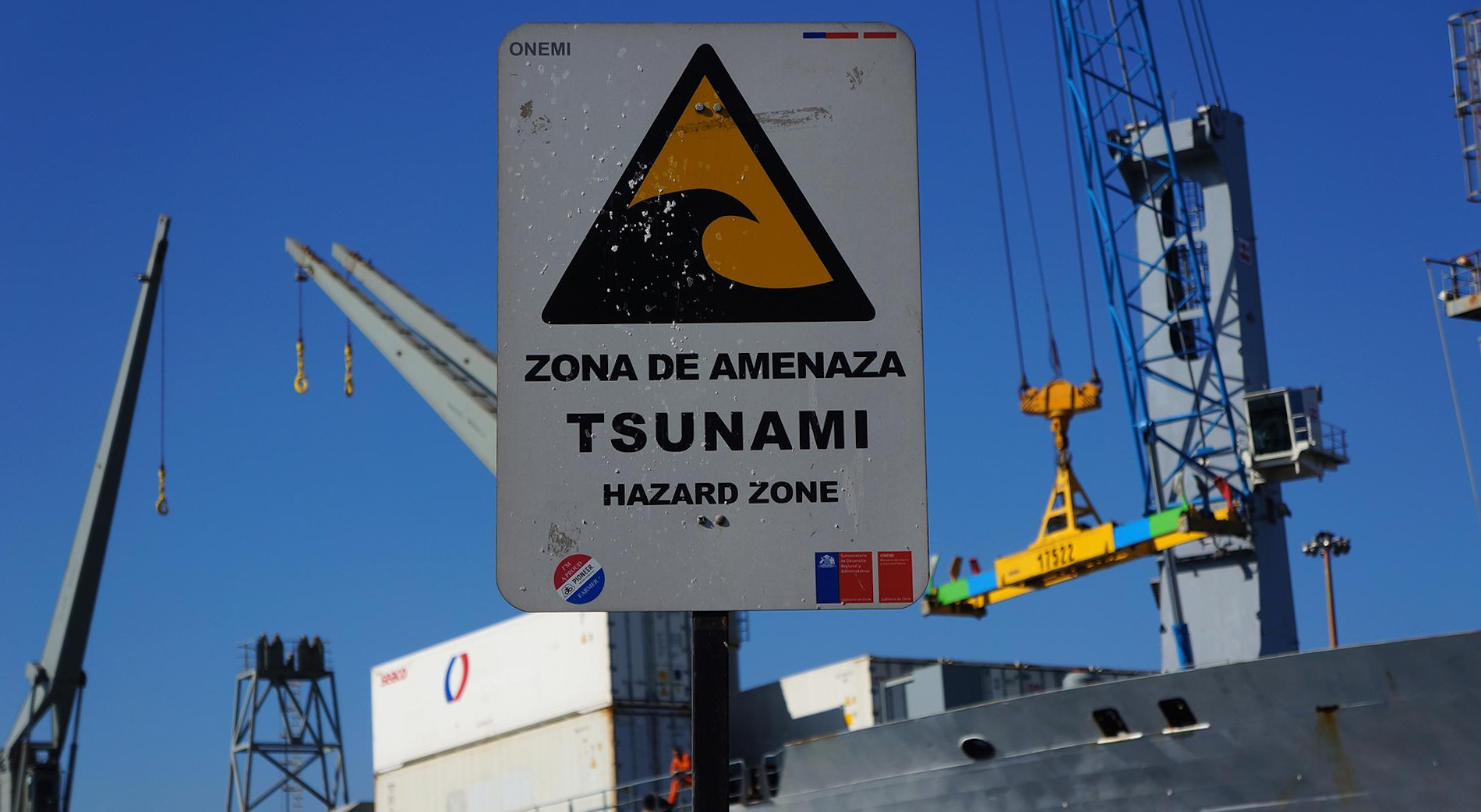Experts from Germany, Chile, Ecuador and Peru have developed a demonstrator for a multi-risk information system in an international research collaboration led by the Earth Observation Center (EOC) of the German Aerospace Center (DLR). The demonstrator tool can be used to simulate and display cascading effects and interactions of natural hazards in complex disaster events. The findings obtained allow risks to be reduced or avoided altogether and for the public to be prepared for impending dangers.
The need to better understand complex risks
Hazards are rarely isolated. A storm can not only unroof houses, but also knock down trees or make roads impassable. Storms are often accompanied by heavy rainfall, which can cause landslides that can, for example, destroy buildings. The precipitation caused by storms can also lead to flooding and tidal waves in streams and rivers, which can lead to the failure of power supplies or cause technical malfunctions and breakdowns, e.g. in industrial plants. Such cascades of damage cause disasters to escalate. Our socially, technically and economically highly networked society is not sufficiently prepared for such multi-risk situations. Growing urbanisation and the increase of such extreme events (as a result of climate change) are exacerbating the problem.
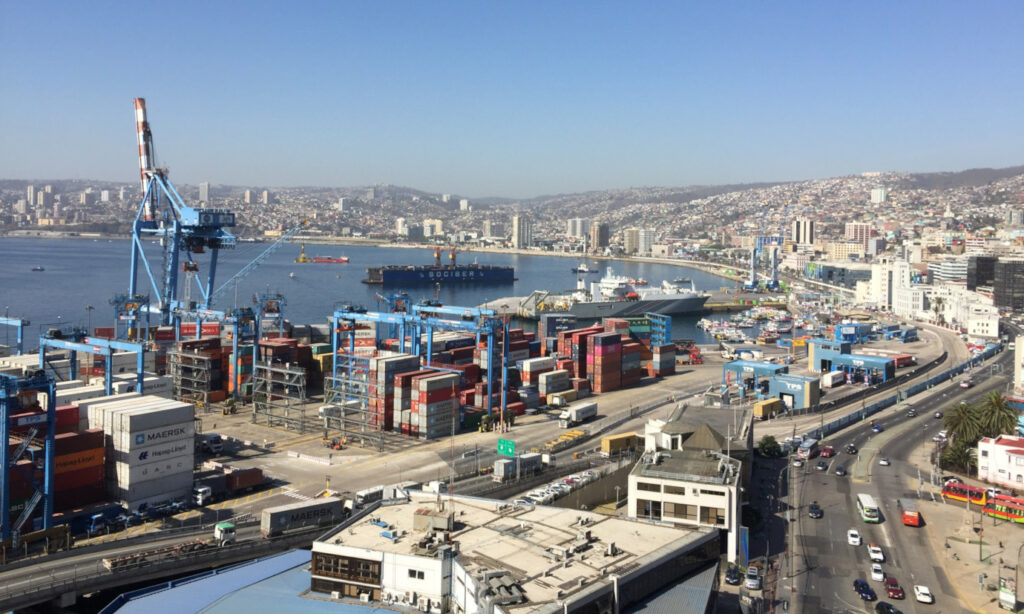
In the six-year international research cooperation “RIESGOS”, experts from various scientific disciplines and practices worked together to better prepare disaster prevention for such complex situations. As a result, a demonstrator for a web-based multi-risk information system was developed with the involvement of users. The demonstrator tool allows the simulation and visualisation of possible interactions between natural hazards as well as cascading effects and their impacts. The users see the potential of the demonstrator as a complementary analysis and visualisation tool to the already established information systems. This will enable authorities to improve their disaster preparedness and, for example, adapt land use planning to risk scenarios.
Research and development for practice
Three regions particularly threatened by natural hazards were chosen as pilot areas for the project: the earthquake and tsunami prone coastal areas of Valparaíso in Chile and Lima, Peru as well as the region around the Cotopaxi volcano in Ecuador, which is threatened by volcanism and landslides. The experience of the South American disaster risk management authorities, ministries, and emergency organisations was central to the needs-based and practical orientation of the work. Research, development, and application were thus closely interlinked. The developed demonstrator benefits from new research approaches to multi-risk analyses and allows, for example, the calculation of cumulative damage caused by cascading events.
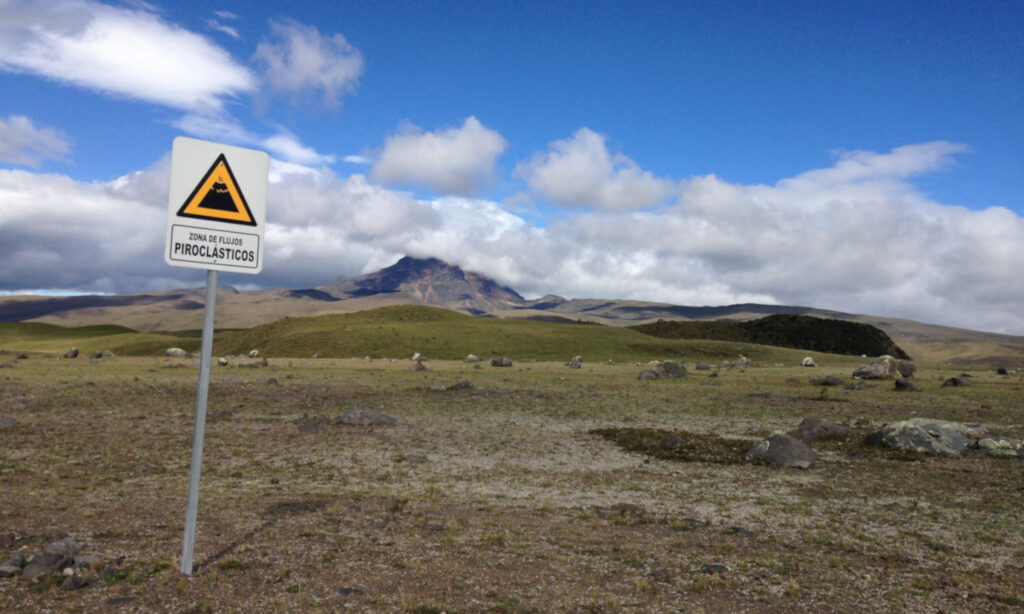
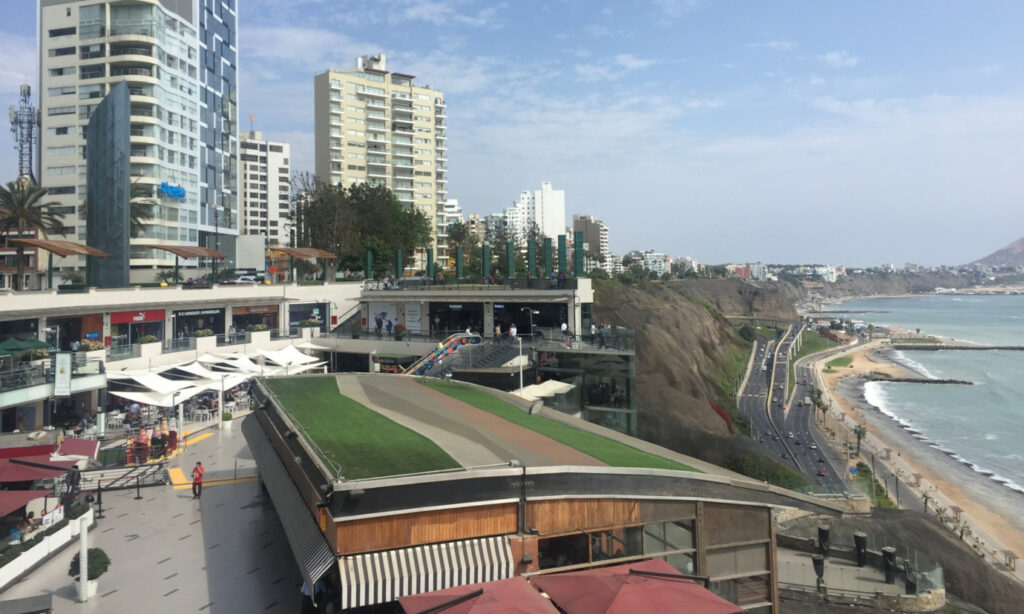
The designed system was tested in workshops and practical exercises in all development phases by the potential user groups for its practical suitability. Additionally, components that still require development were identified. The demonstrator allows the evolution and interactions of various natural hazards to be displayed and analysed. The effects on critical infrastructures such as power grids are also visualised. It is possible to choose between different multi-risk situations and analyse their development over time: what damage would the simulated earthquake cause to buildings? How does the damage pattern change if the earthquake is followed by a tsunami?. To do this, users can either work with predefined parameters or configure their own hazard model. A split screen mode is available to the user to compare the impacts of two different scenarios, for example, two earthquakes of different magnitudes.
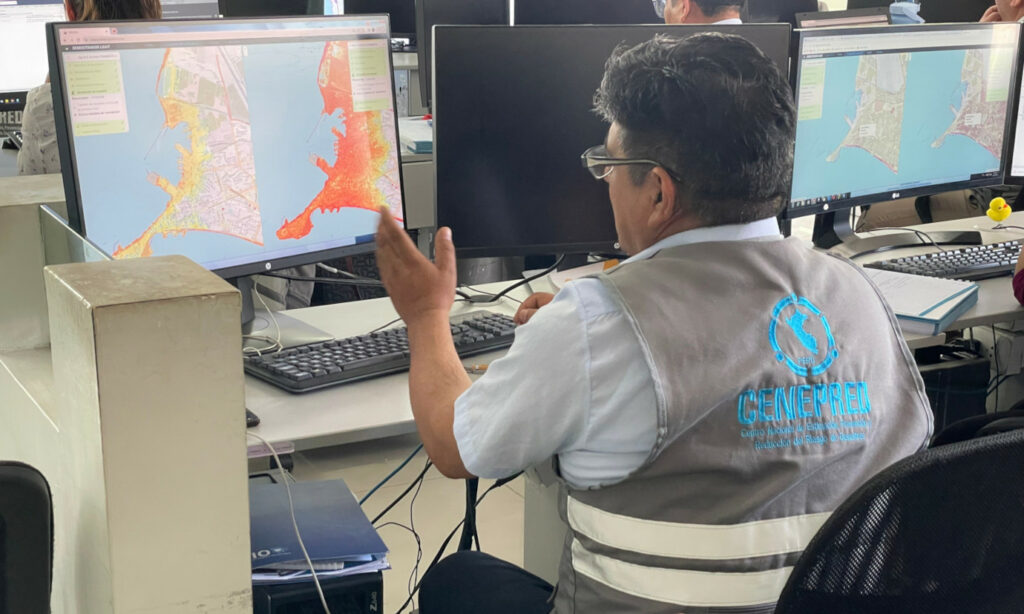
The individual system components are published as open source software and can be further developed by third parties and integrated into any operational systems. In addition to risk prevention and preparedness planning, the developments are also suitable for applications in disaster management or risk communication.
Lessons learnt and recommendations
The most important project findings were summarised in a “Policy Brief” that was jointly produced by all partners, which is aimed at decision makers working in the context of Disaster Risk Management (DRM) and associated research. It addresses the challenges of multi-risk assessment as well as the opportunities and limitations of technological developments, especially in the tension between research and practice. In addition, the “Policy Brief” provides recommendations for action for DRM in complex multi-risk situations.
The “Policy Brief” is available online under the following DOI: https://doi.org/10.15489/cwgicmtcja61
The management of multiple disaster risks will remain an important task in the future and scientific research can provide the necessary knowledge for this. Scientific models find practical application through information systems. By involving users in the technical development process, conditions can be created that allow the latest findings to be incorporated into planning and decision making processes at local and regional levels in a concise manner.
About the project
The Federal Ministry of Education and Research (BMBF) funded the projects RIESGOS (03G0876A-J) and RIESGOS 2.0 (03G0905A-H) in the framework of the strategy “Research for Sustainability” (FONA) under the funding measure “CLIENT II – International Partnerships for Sustainable Innovations”. The Project Management Jülich provided technical and administrative support for the projects on behalf of the Federal Ministry of Education and Research. The German project consortium consisted of the following research institutions and industry partners: Deutsches Zentrum für Luft- und Raumfahrt, Helmholtz-Zentrum Potsdam Deutsches GeoForschungsZentrum GFZ, Alfred-Wegener-Institut Helmholtz Zentrum für Polar- und Meeresforschung, Technische Universität München, 52°North GmbH, geomer GmbH, DIALOGIK gemeinnützige GmbH, SLU, plan+risk consult – Dr. Prof. Greiving & Partner and EOMAP GmbH & Co. KG. The German Chambers of Commerce Abroad (AHK) in Chile, Ecuador and Peru supported the SMEs, which analysed the economic potential of the developments made, in particular. Over the course of the project, the team cooperated with a large number of research institutions and authorities in the South American partner countries Chile, Ecuador and Peru. GIZ, UNOOSA / UN-SPIDER, UNESCO and MunichRE supported the projects as associated partners.
Contributions to the global sustainability agenda
RIESGOS contributes to the achievement of several Sustainable Development Goals (SDGs), such as SDG 1 “End poverty in all its forms everywhere”, SDG 11 “Cities” and SDG 13 “Climate action”. The demonstrator system is intended to help planners and disaster relief organisations deal with complex disaster situations in advance so that they are better prepared in the event of an emergency.
